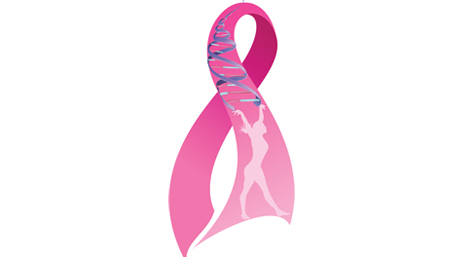
12/02/2021
Hot Topics of the Day are picked by experts to capture the latest information and publications on public health genomics and precision health for various diseases and health topics. Sources include published scientific literature, reviews, blogs and popular press articles.
Sign up MyPHGKB to receive the daily hot topic email alert.
Archived Hot Topics of the Day By Date
Public Health Authorities Investigating Additional Confirmed Case of COVID-19 Caused by the Omicron Variant
CDC, December 2, 2021

Omicron-variant border bans ignore the evidence, say scientists
S Mallapaty, Nature, December 2, 2021
How bad is Omicron? What scientists know so far
E Callaway et al, Nature, December 2, 2021
Where did ‘weird’ Omicron come from? Mutations could have accumulated in a chronically infected patient, an overlooked human population, or an animal reservoir
K Kupferschmidt, Science, December 1, 2021
Viral Dynamics of SARS-CoV-2 Variants in Vaccinated and Unvaccinated Persons
SM Kissler et al, NEJM, December 1,2021
Myocarditis after Covid-19 Vaccination in a Large Health Care Organization
G Witberg et al, NEJM, December 2, 2021
Covid-19 Vaccine Effectiveness in New York State
ES Rosenberg et al, NEJM, December 1,2021
Covid-19 mRNA Vaccines — Six of One, Half a Dozen of the Other
EJ Rubin et al, NEJM, December 1, 2021
Comparative Effectiveness of BNT162b2 and mRNA-1273 Vaccines in U.S. Veterans
BA Dickerman et al, NEJM, December 1, 2021
21-Gene Assay to Inform Chemotherapy Benefit in Node-Positive Breast Cancer
K Kalinsky et al, NEJM, December 1, 2021
Up-Front Multigene Panel Testing for Cancer Susceptibility in Patients With Newly Diagnosed Endometrial Cancer: A Multicenter Prospective Study
MD Levine et al, JCO Precision Oncology, October 2021
Disclaimer: Articles listed in Hot Topics of the Day are selected by Public Health Genomics Branch to provide current awareness of the scientific literature and news. Inclusion in the update does not necessarily represent the views of the Centers for Disease Control and Prevention nor does it imply endorsement of the article's methods or findings. CDC and DHHS assume no responsibility for the factual accuracy of the items presented. The selection, omission, or content of items does not imply any endorsement or other position taken by CDC or DHHS. Opinion, findings and conclusions expressed by the original authors of items included in the Clips, or persons quoted therein, are strictly their own and are in no way meant to represent the opinion or views of CDC or DHHS. References to publications, news sources, and non-CDC Websites are provided solely for informational purposes and do not imply endorsement by CDC or DHHS.
- Page last reviewed:Feb 1, 2024
- Page last updated:Apr 21, 2024
- Content source:




